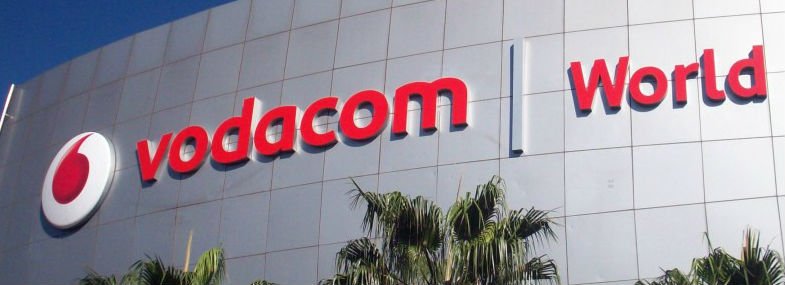Vodacom Business is to open a new energy-efficient data center in Midrand, South Africa as part of the telco’s cloud strategy.
The 3000 sq m facility - Vodacom’s eighth South African data center - will be used to host cloud services as South African businesses increasingly move away from traditional on-site hosting to shared data center environments.
Vodacom’s customer base in South Africa is now 32.5 million and it reports that data traffic has increased by 70% year-on-year.
In response it is investing R9 billion ($8.4bn) in its network in South Africa to meet demand for high-speed access and data services.
The new Data Park facility was conceived after Vodacom sold the capacity in its first data center in Midrand unexpectedly quickly.
“The combination of lower cost bandwidth, mobile devices, storage and computing power is driving a rapid uptake of cloud services,” said Ermano Quartero, Vodacom Business South Africa’s managing executive.
Data Park will be an extension to its existing facilities as the telecom operator seeks to increase the scale of its operation in response to demand for a wider range of cloud services.
The telco now offers Infrastructure-as-a-Service (IaaS), Software-as-a-Service (SaaS) and Platform-as-a-Service (PaaS).
In response to demand Vodacom Business is launching a new portfolio of cloud services and has restructured its cloud team in order to deliver a full suite of consulting and professional services.
The new offerings will include disaster recovery as a service, SAP Hana enterprise resources and security as a service.
“Data Park gives us a vital edge,” Quartero said.
“With full solutions integration, a single contract and a single bill, Vodacom Business cloud solutions will simplify the move to the cloud for businesses across South Africa.”
Vodacom’s data center construction will follow the guidelines set out by the Green Building Council of South Africa (GBCSA), as part of an environmentally aware strategy to cut electricity consumption and maximize the use of recycled materials.

